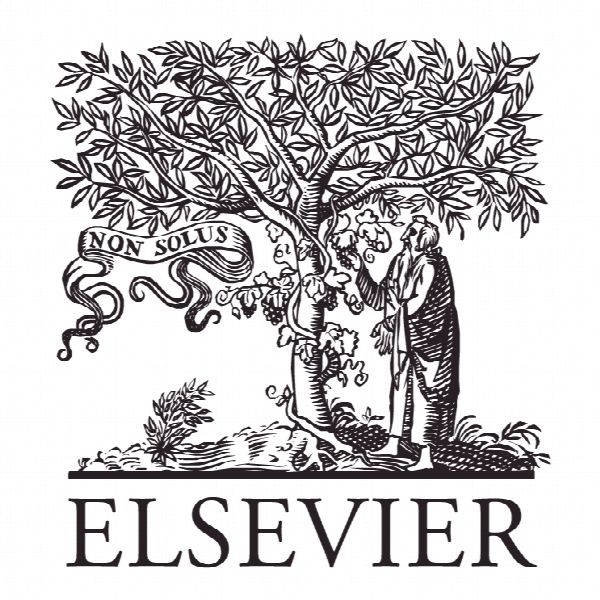بازگرداندن اعتماد مصرف کننده: بررسی مطالعات انتقادی Consumer trust repair: A critical literature review
- نوع فایل : کتاب
- زبان : انگلیسی
- ناشر : Elsevier
- چاپ و سال / کشور: 2018
توضیحات
رشته های مرتبط مدیریت
گرایش های مرتبط بازاریابی
مجله مدیریت اروپایی – European Management Journal
دانشگاه NEOMA Business School – France
منتشر شده در نشریه الزویر
کلمات کلیدی بازگرداندن اعتماد مصرف کننده، اعتماد مصرف کننده، بررسی ادبیات، چارچوب مفهومی
گرایش های مرتبط بازاریابی
مجله مدیریت اروپایی – European Management Journal
دانشگاه NEOMA Business School – France
منتشر شده در نشریه الزویر
کلمات کلیدی بازگرداندن اعتماد مصرف کننده، اعتماد مصرف کننده، بررسی ادبیات، چارچوب مفهومی
Description
1. Introduction Consumers are key organisational stakeholders (Donaldson & Preston, 1995; Freeman, 1984). They provide organisations with a key ingredient necessary for their functioning and survivaldfinancial resources. One element underpinning the relationship between consumers and organisations and brands is trust (Dirks, Lewicki, & Zaheer, 2009). Research shows that trusting consumers are loyal and committed (e.g. Sirdeshmukh, Singh, & Sabol, 2002) and more easily accept products (e.g. García-Marza, 2005). Trust between firms and consumers fosters strong, quality and long-term relationships (e.g. Aaker, Fournier, & Brasel, 2004; Nooteboom, Berger, & Noorderhaven, 1997; Garbarino & Johnson, 1999; Moorman, Zaltman, & Deshpande, 1992; Morgan & Hunt, 1994; Tax, Brown, & Chandrashekaran, 1998). Consumer trust is related to effective product branding (Keller & Lehmann, 2006) and is a source of sustainable competitive advantage (e.g. Barney & Hansen, 1994). Similarly, Castaldo, Premazzi, and Zerbini (2010) noted that consumer trust, for an organisation, is a strategic, relational asset. Trusting consumers face lower complexity related with their retail activities (Luhmann, 1979). Unfortunately, over the last decade or so, we have witnessed a number of major organisational transgressions (e.g. the Libor rigging scandal, the FIFA corruption scandal, the Volkswagen emissions scandal) (see also Gillespie, Dietz, & Lockey, 2014). However, if Kim, Ferrin, Cooper, and Dirks (2004) are correct, these transgressions are the tip of the iceberg because only a small portion of transgressions are reported and become prominent. Such scandals among others represent events that damage employees’ trust, investors’ trust, the public’s trust and the consumers’ trust. Among others, a lack of trust damages established relationships and leads to customers’ rage and disappointment, and organisations’ loss of sales and competitive advantage (Barney & Hansen, 1994; Castaldo et al., 2010; Gargiulo & Ertug, 2006; Richards, Lawrence, & Burch, 2011). Consequently, a study of trust repair became an important theoretical concern (Bachmann, Gillespie, & Priem, 2015; Dirks et al., 2009; Kramer & Lewicki, 2010).


